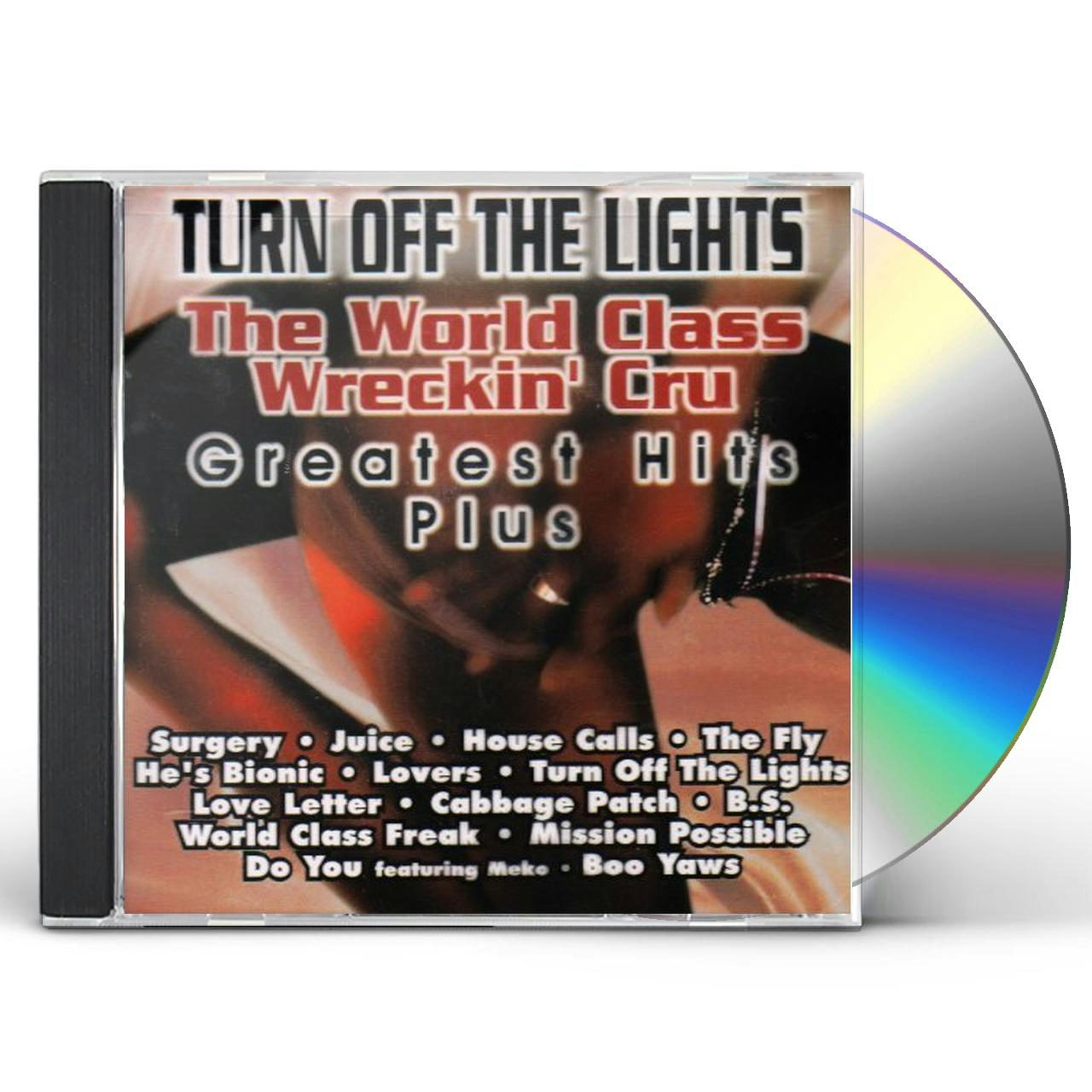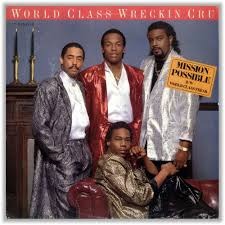
Their contributions feature in pop songs, television music, theme songs, film scores, and advert music. The Wrecking Crew were musically versatile performers who were usually brilliant at sight-reading. Blaine’s impressive drumming is one of the bedrocks of Simon And Garfunkel’s masterpiece “Bridge Over Troubled Water.” What did they do?ĭuring the 60s and 70s, Los Angeles producers needed reliable standby musicians who could be counted on to contribute to records in a variety of styles and deliver hits on short order.

Three of their key members were the magnificent session drummer Hal Blaine, bassist and guitarist Carol Kaye (one of the few female session players in that era), and guitarist Tommy Tedesco.Īmong the leading musicians who were members at various times were: Earl Palmer, Barney Kessel, Plas Johnson, Al Casey, Glen Campbell, James Burton, Leon Russell, Larry Knechtel, Jack Nitzsche, Mike Melvoin, Don Randi, Al DeLory, Billy Strange, Howard Roberts, Jerry Cole, Louie Shelton, Mike Deasy, Bill Pitman, Lyle Ritz, Chuck Berghofer, Joe Osborn, Ray Pohlman, Jim Gordon, Chuck Findley, Ollie Mitchell, Lew McCreary, Jay Migliori, Jim Horn, Steve Douglas, Allan Beutler, Roy Caton and Jackie Kelso.īlaine became one of the Crew’s most sought-after members and it is estimated that he played on more than 35,000 tracks, working with bands as diverse as The Beach Boys, Gary Lewis And The Playboys, and Carpenters.

The exact number of musicians in the loose collective of Los Angeles session musicians known as The Wrecking Crew is not known, partly because of the informal nature of the hiring and also because much of their work went uncredited. The instrumental work by this group of session men (and one woman) defined the sound of popular music on radio during the 60s and early 70s, meaning The Wrecking Crew can reasonably lay claim to being the most-recorded band in history. Tambourine Man” by The Byrds and “California Dreamin’” by The Mamas And The Papas. Dre's origins in the Compton clubs, it's far better to seek out an old-school compilation that includes "Surgery" or "House Calls.The Wrecking Crew were a group of all-purpose, highly revered studio musicians who appeared on thousands of popular records – including massive hits such as “Mr.

Still, unless you're very curious about Dr. the surprisingly hardcore "Mission Possible" and "B.S." (the first a Public Enemy sound-alike, but the last one a completely original gangster fantasy). The only other interesting inclusions are a pair of tracks that point toward Dre's work in N.W.A. The single "Turn off the Lights" is bland enough to have sounded totally innocuous on the charts during 1988, while dance tracks like "Cabbage Patch" and "The Fly" are tired novelties.

WORLD CLASS WRECKING CREW BEFORE YOU TURN OFF THE LIGHTS PLUS
Turn off the Lights: Greatest Hits Plus has all of the best World Class Wreckin' Cru tracks, but there's still plenty of samey filler. Dre certainly rated with the prime electro producers across the nation - New York's Arthur Baker ( Afrika Bambaataa) and Detroit's Juan Atkins ( Cybotron) - and his best work ("Surgery," "Juice") was a big influence on bass music as well as West Coast rap. Dre's production expertise, the World Class Wreckin' Cru recorded some solid West Coast electro singles, more energetic than the style's other prime production act ( Egyptian Lover), if not as revolutionary. Noted as the first group blessed with Dr.


 0 kommentar(er)
0 kommentar(er)
